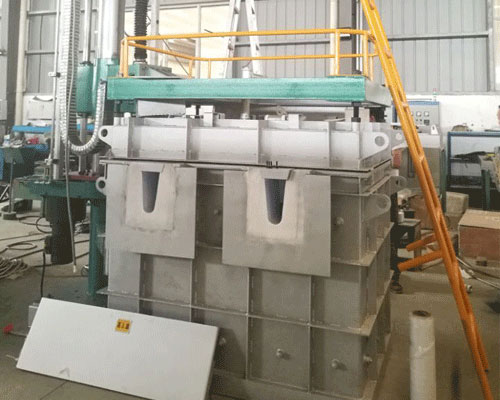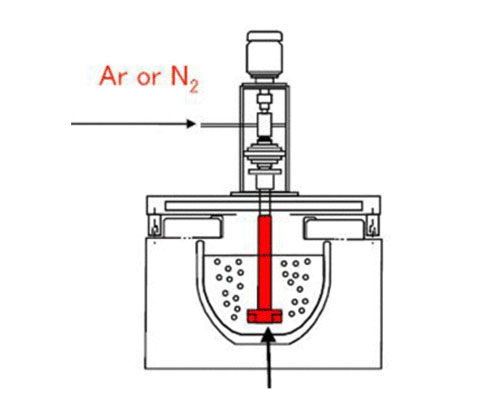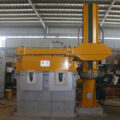The aluminium degassing process can clean metal by removing hydrogen gas, metallurgical impurities. Rotary degassing works on the principle of increasing the surface area of an insert gas exposed to the metal. The larger surface area increases the rate of transfer from metal to the inert gas. The smaller the bubble size for a given volume of gas, the greater is the surface area. The smaller bubbles disturb the surface of the melt less reducing additional hydrogen pickup from humid atmospheres.
As the demand for higher quality aluminum products increases, especially in the aerospace industry, so it needs to reduce the inclusions in casting products. The inclusions will lead to defects in the structure of the casting and have a detrimental effect on mechanical properties. Moreover, they may lead to machining difficulties.
The impurities in molten aluminum have two main types: dissolved hydrogen and solid non-metallic inclusions. With the metal cools and forms unwanted porosity, the dissolved hydrogen comes out of solution. This porosity and non-metallic solid inclusions reduce the strength, and affect the final properties of aluminum castings.

Aluminium Degassing Process
Traditional hydrogen degassing systems adopt specialty gases. Chlorine was the original gas of choice but due to its hazardous nature, most foundries switched to other gases. However, many foundries have not considered the hazardous materials released by the breakdown of any specialty gas used. Now, most manufacturers use an inert gas (nitrogen or argon) to remove hydrogen.
The rotary degassing process removes these impurities by nitrogen. The gas is normally introduced by a degassing rotor, which reduces the bubble size and disperses the nitrogen throughout the molten metal. With the resulting gas bubbles rise through the molten metal, they absorb the hydrogen dissolved in the metal and remove it. In addition, the non-metallic solid particles are swept up to the surface by the flotation effect.


